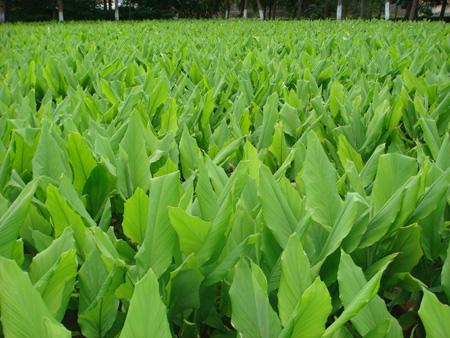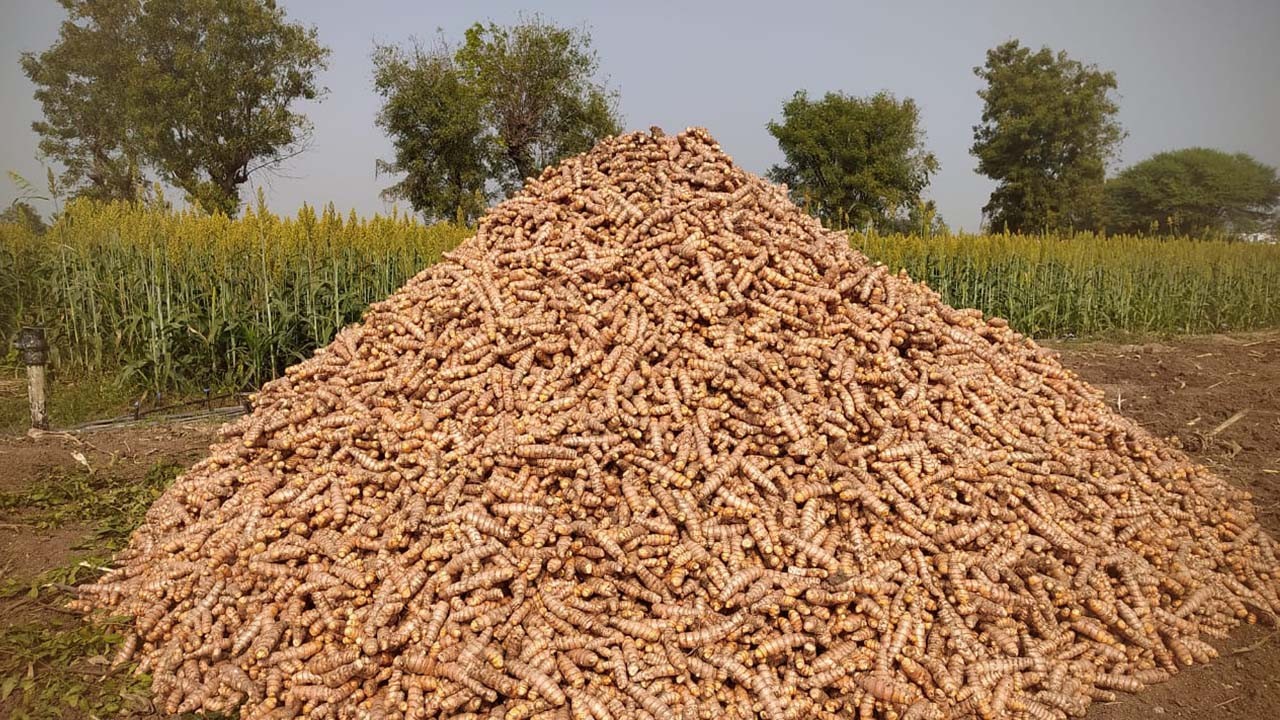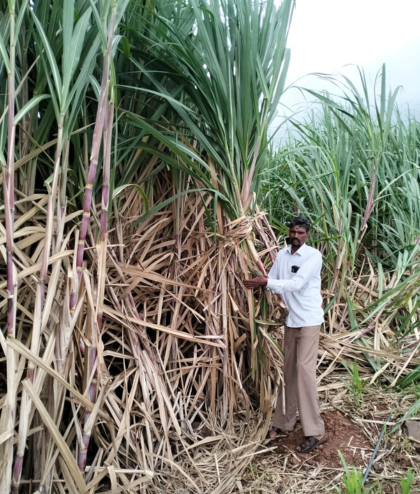Success Stories Details

Crop : Turmeric
Turmeric farming involves the cultivation of the Curcuma longa plant, primarily for its rhizomes, which are widely used in culinary, medicinal, and cosmetic applications. Turmeric thrives in warm, humid climates and well-drained soils with a pH between 4.5 and 7.5. Ideal temperatures for growth range from 20°C to 30°C (68°F to 86°F). The plant requires consistent moisture but should not be waterlogged.
Turmeric is typically propagated through rhizome divisions rather than seeds. Farmers prepare the soil by plowing and adding organic matter before planting the rhizomes. After planting, the crop needs regular weeding and mulching to retain soil moisture and suppress weed growth. Turmeric takes around 7 to 10 months to mature, depending on the variety and growing conditions.
Snehasrushti Products Goals
Organic farming products aim to achieve several objectives that prioritize environmental sustainability, human health, and animal welfare. Organic farming aims to minimize the use of synthetic pesticides, herbicides, and fertilizers. Instead, it relies on natural methods such as crop rotation, composting, and biological pest control to maintain soil fertility and control pests and diseases. Organic farming practices focus on maintaining and enhancing soil health by promoting biodiversity, reducing soil erosion, and improving soil structure.

Snehasrushti Products Benefits
Organic farming offers various benefits to farmers cultivating turmeric crops, aligning with both environmental sustainability and economic prosperity.
- Yield 35-42 quintals per acre
- Yield 2-4 kg per plant
- Reduced Input Costs: Organic farming methods typically rely on natural inputs like compost, green manure, and organic pest control measures, reducing the dependence on expensive synthetic fertilizers and pesticides.
- Soil Health Enhancement: Organic farming practices, such as crop rotation, cover cropping, and minimal soil disturbance, nurture soil health. Healthy soils foster robust root systems and improve nutrient availability, resulting in better turmeric yields and quality over time.
Turmeric is cultivated in various countries across Asia, Africa, and the Americas.
India is the largest producer and exporter of turmeric, with major cultivating states including Maharashtra, Tamil Nadu, Andhra Pradesh, Karnataka, Odisha, and West Bengal. Turmeric thrives in warm, tropical climates with well-distributed rainfall. It requires a temperature range of 20°C to 35°C (68°F to 95°F) and annual rainfall of 1500-2500 mm. Turmeric can be grown in a variety of soil types but prefers well-drained, sandy or loamy soils with good organic matter content.






.png)

